From June 2017 through June 2018, we will celebrate the 150th anniversary of The Storm King School. Our Sesquicentennial Year is a time to commemorate the institution, honor our heritage, applaud the difference–makers who have marked our first 15 decades, and reflect on the School’s future in helping to make our world a better place.
In honor of this series of events, we wish to take you back in time, to revisit parts of our School’s rich and varied history in the three upcoming issues leading up to our 150th year. Please join us on this historical journey. It is our history, after all, that makes us the exceptional educational institution we are today…and it will be our history that carries the School and its students through the 21st century and beyond.
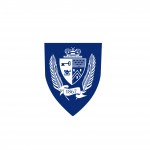
Early History of the Highlands When Henry Hudson’s expedition vessel the Half Moon entered the bay that would become New York Harbor in 1609 and headed up river, the crew of 15 men from the Dutch East India Company were surprised to find human populations totaling in the tens of thousands dotting the Hudson River Valley. The explorers’ journals tell of treacherous travel, rugged mountain terrain, and an abundance of ferocious wild animals. Hudson wrote that “the land is the finest for cultivation that I ever in my life set foot upon.”
Soon, English and Dutch immigrants were establishing villages up and down the Hudson River in what became known as New Netherland. The end of the Anglo-Dutch War in 1664 resulted in New Amsterdam being renamed as New York City. Early Dutch settlements were also founded in the area of present-day Newburgh and began to grow with agricultural abundance and fledgling river trade.

“Storm King at Cornwall,” by Hudson River artist Thomas Benjamin Pope
Home of the Revolution A century later, in the final year of the American Revolution, George Washington would command his army from newly established headquarters in a home overlooking the Hudson in neighboring Newburgh. It was also here that General Washington was famously offered the opportunity to become king of the United States, in a constitutional monarchy, but strongly rejected the idea.
A Booming Economy The 19th century saw the Hudson River Valley’s best days coming to life in the area of Butter Hill, the descriptive name given by Dutch settlers to the imposing heights that would eventually be renamed Storm King Mountain.
The Hudson Highlands area was booming, with shipping and manufacturing creating an economy that took advantage of its natural assets. Mills, tanneries, brick and lumber yards, and other beacons of commerce dotted the valley, filling mast ships and steamboats to deliver goods to parts south and west downriver.
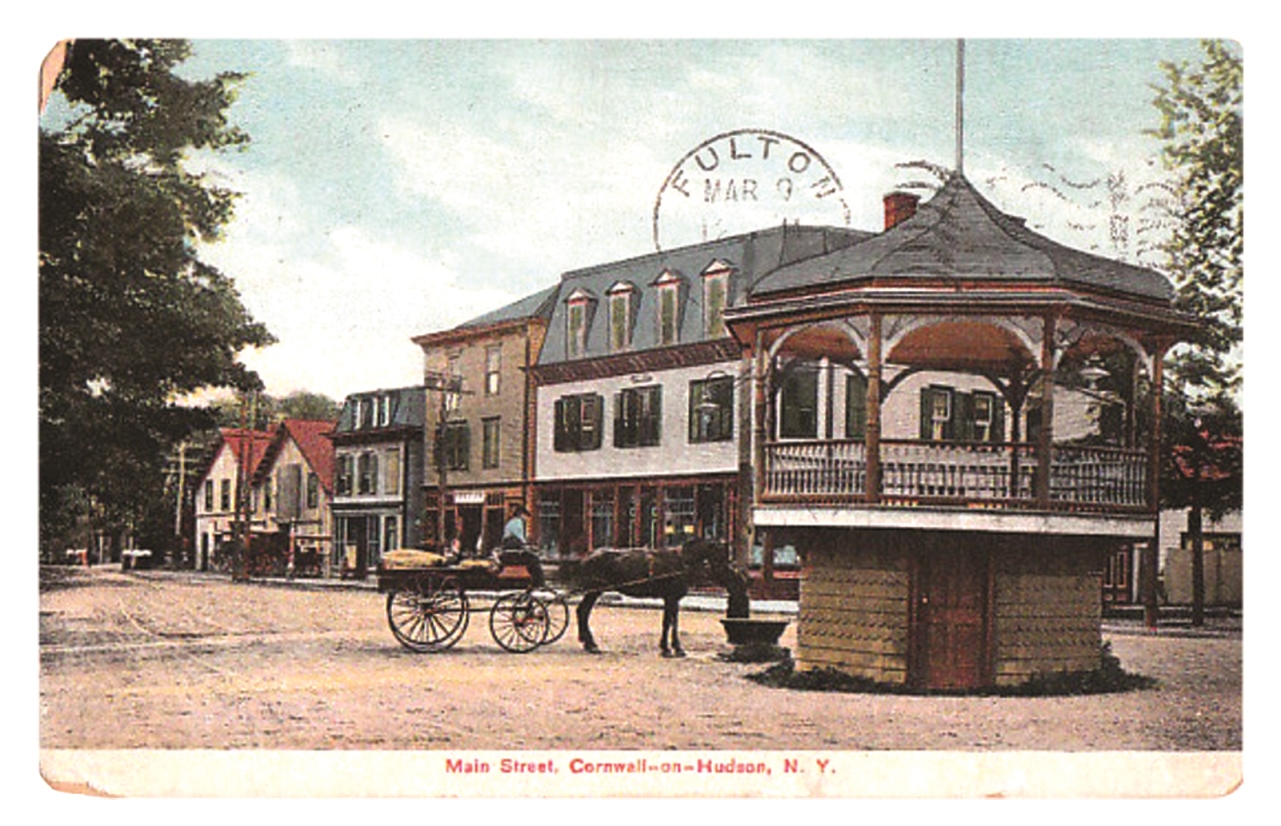
A postcard depicting Main Street near the turn of the century
Cornwall— a 19th century fresh air retreat The village of Cornwall had modest beginnings. It was settled in the early 1700s by several branches of the Clark family, who purchased a substantial amount of land for farming. Their children acquired even more land where the town was eventually built, but Cornwall remained a rural community well into the mid-1800s. Meanwhile, to the south, New York City continued to grow, along with the frequency of respiratory ailments and other health concerns that went hand in hand with city life. Doctors began to tout the fact that the elevation and clean mountain air of the Highlands, and being away from city smog were good for one’s health.
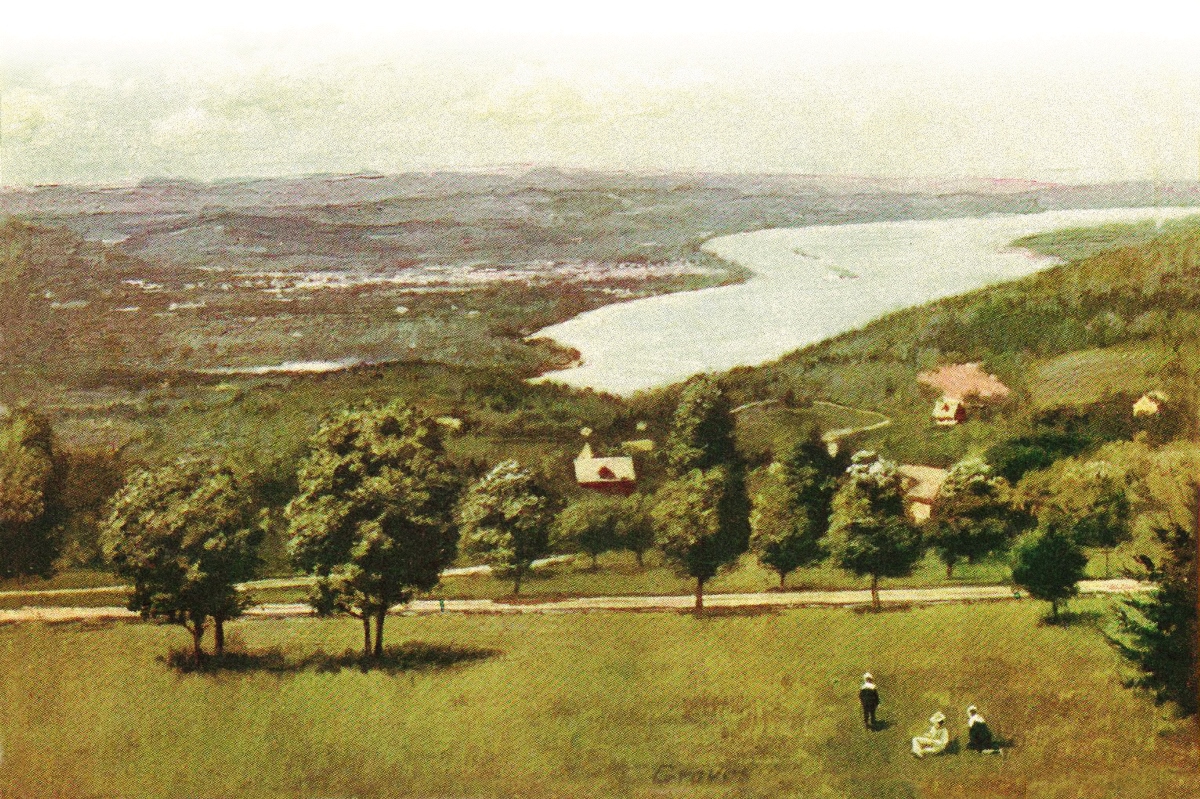
View of the Hudson River from “Cornwall Heights,” a knoll on Storm King Mountain where the School sits today
By the turn of the 19th century, Cornwall had become a popular destination for day trips up the river for passengers travelling on steamships from the city. Visitors were struck with the area’s natural beauty, fresh air and cool breezes. Thus, Cornwall’s reputation as a health retreat grew throughout the 19th century and into the early 1900s. Many well-to-do families and business travelers made excursions to Cornwall a regular event, and some eventually bought property there, living in both places. Even today, many residents choose to live in Cornwall and its surrounding areas and commute to the city for work. It was during this time that the village at the foot of Storm King Mountain became known for its boarding houses and small hotels, usually rooms in someone’s home that were made available during the summer months to these health-conscious travelers.
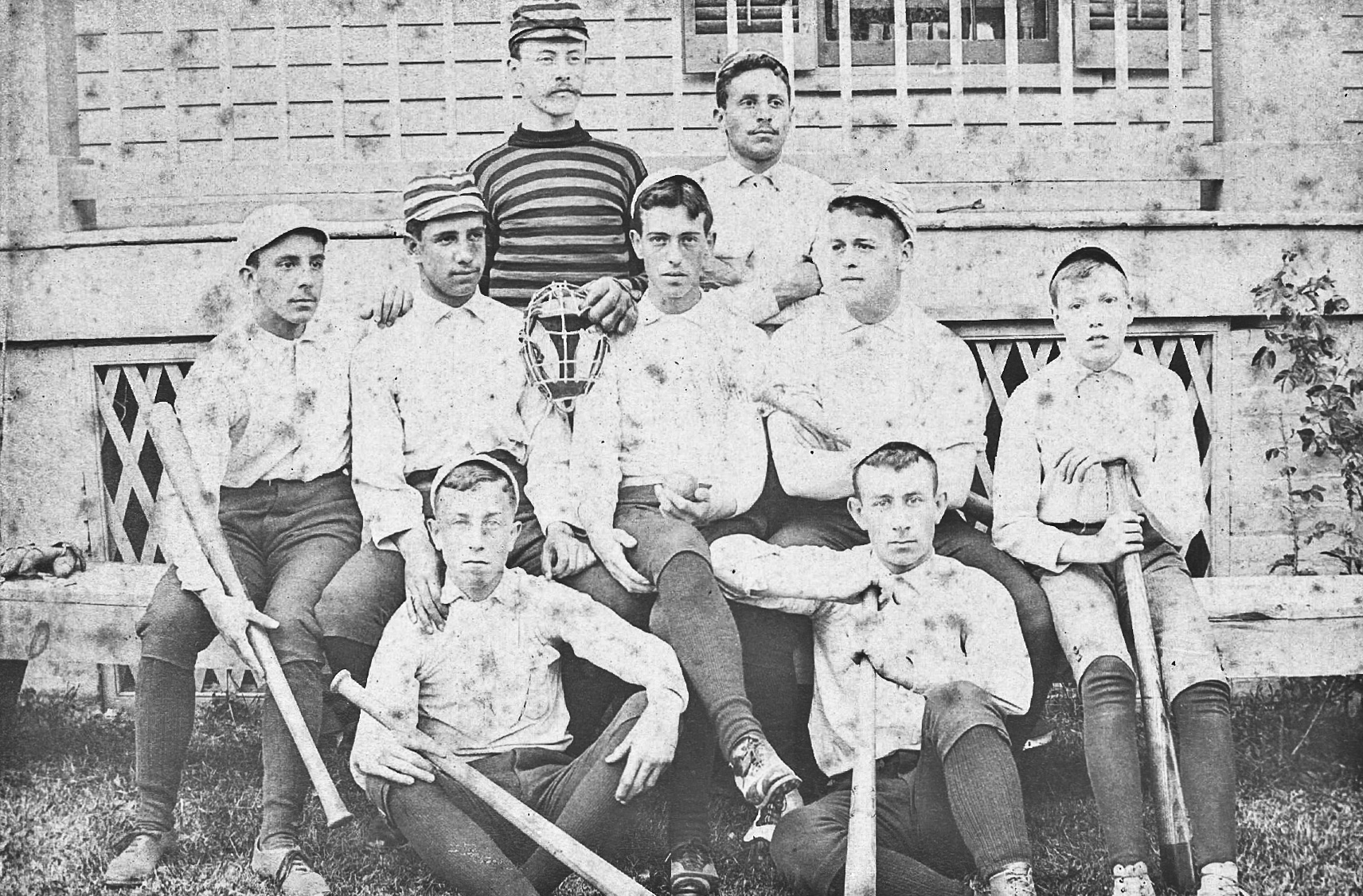
The 1888 Baseball Team, the Stone School
The School at Cornwall Heights What we know today as The Storm King School first came to be in 1867 when Dr. Louis Palamon Ledoux and his wife Katherine Reid, founded the School following calls from area parents to establish “a Christian school in the home of a Christian gentleman.” Ledoux, a graduate of Amherst College and New York City’s Union Theological Seminary, Honorary Doctor of Divinity at Indiana State University, and pastor of Cornwall Presbyterian Church, was already a noted teacher of his native French and saw this as an opportunity to return to his roots.
One New York City merchant, Mr. McCreery, who was boarding in Cornwall at the time, was one of the first families to arrange for the Ledouxes to receive his boys into their home. As their good reputation spread, they soon had as many boys as they could teach. In hopes of further expanding the School, they decided to purchase a tract of land on “the Heights,” the western slope of Storm King Mountain, which was the former Wood farm. There, they converted an existing boarding house into classrooms, establishing what was known then as the Cornwall Heights School. For the next several years, Cornwall Heights attracted boys from across the region that came to the Mountain in search of a comprehensive college preparatory education in a healthy environment: mental, physical, and spiritual.
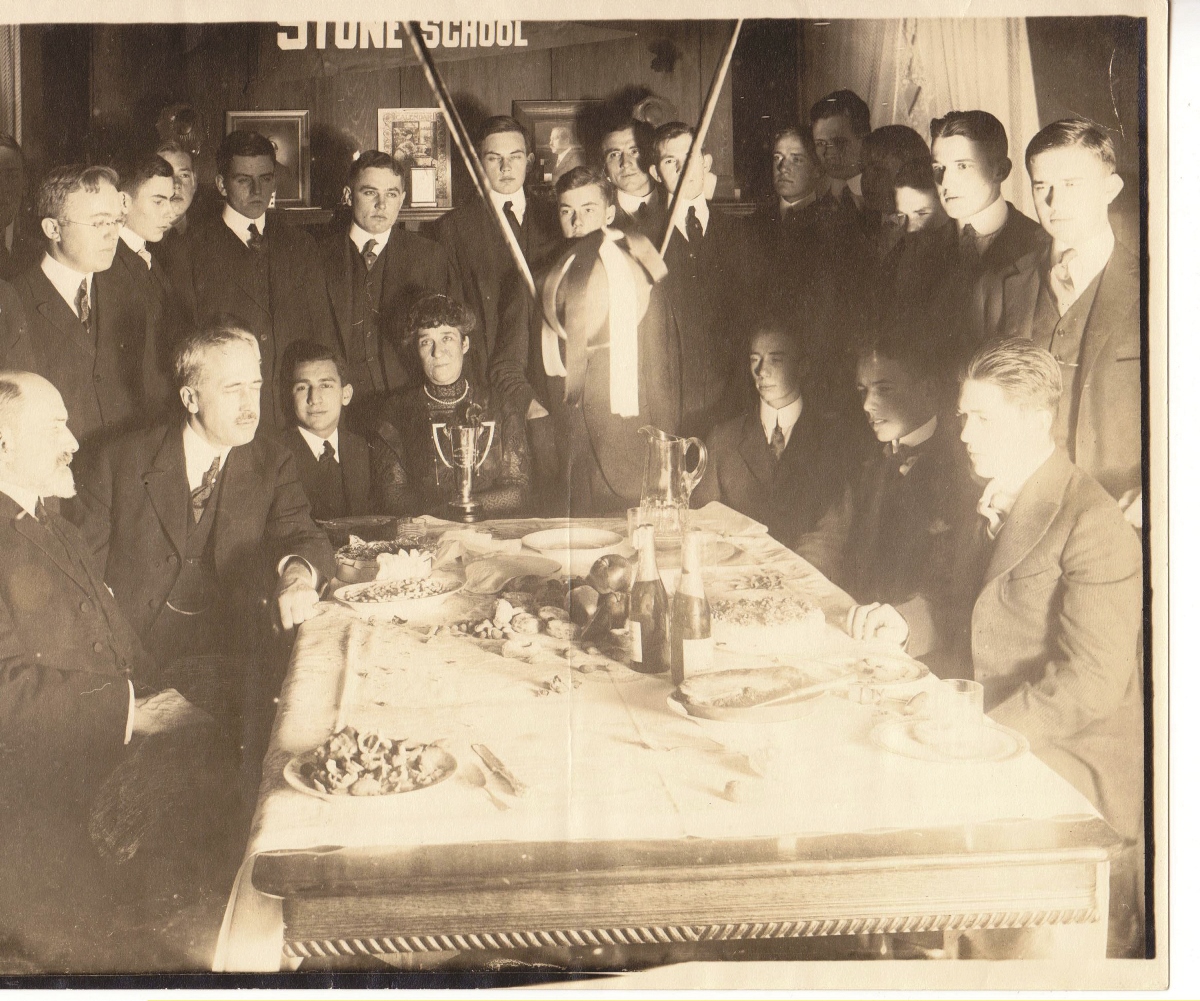
An image from the Stone School, circa 1914
Despite their successes and their dream having come true, the Ledoux family could not overcome long standing illness. In search of treatment for Katherine in Europe, they were compelled to sell the School in 1872, with the hope that someone new could compound their efforts. The buyer was Mr. Oren Cobb, who would serve as headmaster for the next 15 years.
Mr. Cobb was also a Presbyterian minister with a heart for education, and he would operate the School along with his wife Adele Bisbee Cobb, for the next 15 years from a spartan campus: the students and faculty lived in one building, with cooking and bathing facilities in the basement and dormitories on the first and second floors. Classes continued to be held in the original structure for many years. Toward the end of his tenure, Cobb took on the task of expanding the facilities with additions to the main structure that later became known as the Main Building.

Mr. Oren Cobb acquired the School in 1872
The Stone School With only moderate success of the public school system and the coming and going of other private schools in the area during the late 1800s, the efforts of both Dr. Ledoux and Mr. Cobb had succeeded in establishing Cornwall Heights as a permanent and sought-after educational institution. It was the School’s next owner and headmaster, Dr. Carlos H. Stone, who would cement its reputation as a leading independent school, a reputation which has carried through until today.
Stone purchased the School from Oren Cobb in 1889. Under Stone’s undying vision and leadership, the course of the School was set for the next 30 years – that of continuous growth and innovation, keeping it at the forefront of the times. Under Stone, the School witnessed ever-increasing enrollment, important expansions to the campus, and the growth of its academic reputation. By his second year, Stone had already refurbished several buildings, moved facilities, and added steam heat and other modern amenities. These improvements created momentum that increased through the years; a property acquisition in 1893 added additional acreage to campus; the Main Building was enlarged yet again in 1895; a new dining room was added in 1902; the School’s stables burned in 1906 making room for a new Administration Building; the Cottage dormitory was doubled in size in 1907.
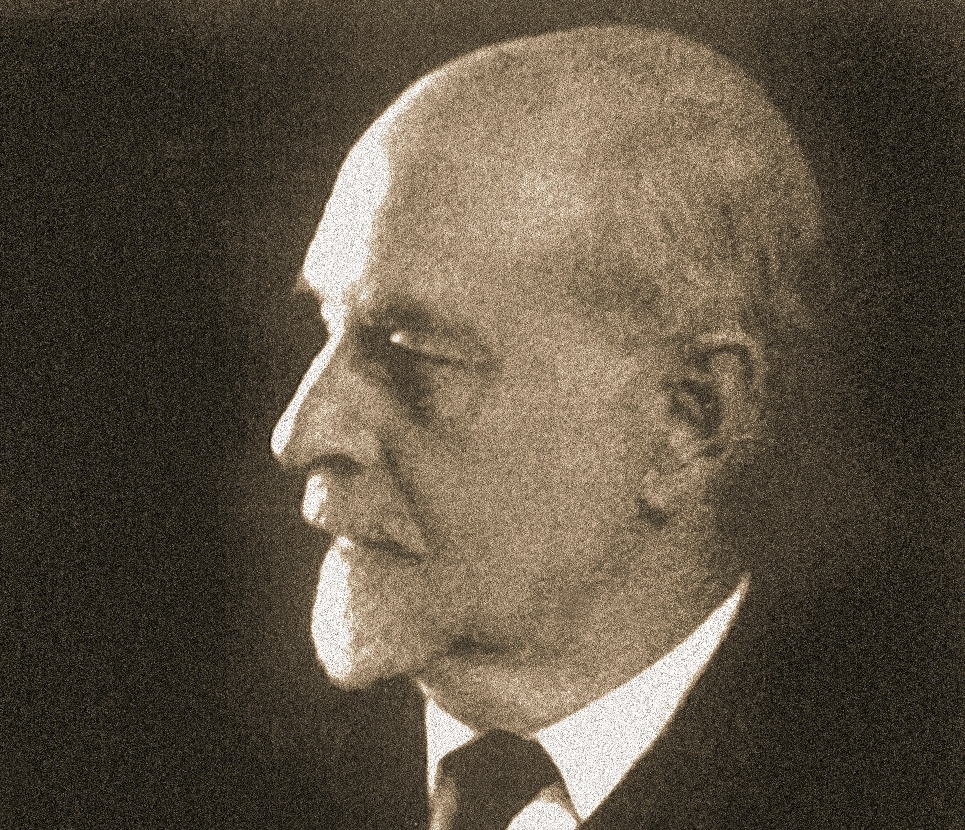
Dr. Carlos H. Stone purchased the Cornwall Heights School from Cobb in 1889
The early 1900s also saw not only the expansion of the campus and facilities, but along with it, the diversification of student life. In September of 1900, The Echo, a school literary magazine and precursor to The Quarry newspaper, made its first appearance with Editor-in-chief Jim Robertson. In March of 1903, a new student theater group was formed, known as the Cornwall Heights Dramatics Club. Over the years, the club has been known by various names, such as The Players Club, The Mountaineer Players and Mountain Top Players. In all of its incarnations, the group shared the goal of cultivating student creativity and interest in the theater and performing arts. The first yearbook called The Jabberwocky, was published in 1911 that reflected important developments in athletics and student life. According to the publication, eight senior boys graduated that year who participated in sports that included football, tennis, baseball and a newly created “minor” sport–ice hockey.
In 1912, as the School approached its 50th year, it was decided, after all that Stone had accomplished, to change its name from “the Heights,” to the Stone School. One of Stone’s most significant and lasting legacies followed soon after in 1914, with the decision to incorporate the Stone School under New York State law.

Class of 1888, the Stone School
For the next two years, Stone’s contributions the School continued until he passed his headmastership on to Alvan E. Duerr in 1917, the School’s 50th year. 1917 was also the year that the United States joined World War I, and more than two million American soldiers went to fight under Major General John J. Pershing across France. Plans for the School’s 50th anniversary were abandoned due to a preponderance of alumni enlisting to fight in the war. However, special events were planned at commencement that year including speeches by Dr. Albert Ledoux, son of founder Louis P. Ledoux, and Congregationalist theologian and author Dr. Lyman Abbott, grandfather of Beatrice Abbott Duggan, a future patron of the School. The senior class of 1917 gave the School a gift of handmade bleachers, while a group of alumni donated a flag, flagstaff and the funds for the construction of a swimming pool.
The End of an Era is a New Beginning As Headmaster, Duerr worked diligently to continue the legacy of his predecessors in spite of imminently encroaching war. Meanwhile, Stone traveled to Belgium to work on relief efforts, and was one of the last American aid workers to leave the country before the German advance. Later, he settled in France, working as the director of the YMCA at General Pershing’s headquarters and remained in Paris until 1919. He later returned to New York for his retirement and passed away in 1934 after an extended illness.
Stone’s passing signified the end of an era for the School that mirrored the times at hand. It was a time that ended the innocence of a nation at war and the absolute shelter for many young boys on the Mountain. But as most endings pave way for new beginnings, the legacy of what Ledoux, Cobb and Stone established would prove formidable and enduring, and would serve to bring the School into the new post-war era of expansion and development, keeping it, as always, at the forefront of the times.
